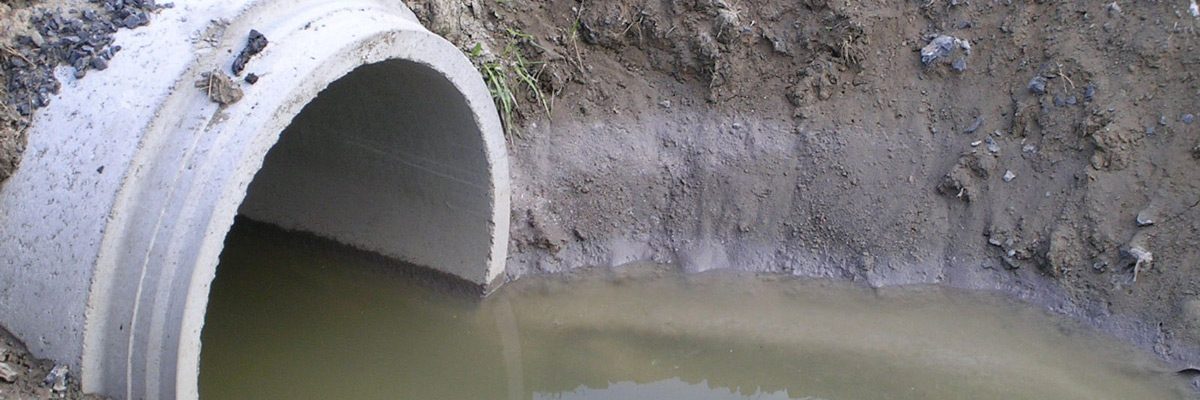The problem with this topic is everyone is in the window business or the window advice business. It’s like ceiling fans, the makers are everywhere, they make tons of products, and their are millions of opinions about them. So I will try to be simple and to the point. Anyway you cut it single pain (oh sorry) double hung windows should be a thing of the past
http://www.efficientwindows.org/lowe.cfm
Window Technologies: Low-E Coatings
Low-emittance (Low-E) coating are microscopically thin, virtually invisible, metal or metallic oxide layers deposited on a window or skylight glazing surface primarily to reduce the U-factor by suppressing radiative heat flow. The principal mechanism of heat transfer in multilayer glazing is thermal radiation from a warm pane of glass to a cooler pane. Coating a glass surface with a low-emittance material and facing that coating into the gap between the glass layers blocks a significant amount of this radiant heat transfer, thus lowering the total heat flow through the window. Low-E coatings are transparent to visible light. Different types of Low-E coatings have been designed to allow for high solar gain, moderate solar gain, or low solar gain.
Double-Glazed with High-Solar-Gain Low-E Glass
This figure illustrates the characteristics of a typical double-glazed window with a high-transmission, Low-E glass and argon gas fill. These Low-E glass products are often referred to as pyrolitic or hard coat Low-E glass, due to the glass coating process. The properties presented here are typical of a Low-E glass product designed to reduce heat loss but admit solar gain. High solar gain Low-E glass products are best suited for buildings located in heating-dominated climates. This Low-E glass type is also the product of choice for passive solar design projects due to the performance attributes relative to other Low-E glass products which have been developed to reduce solar gain.
In heating-dominated climates with a modest amount of cooling or climates where both heating and cooling are required, Low-E coatings with high, moderate or low solar gains may result in similar annual energy costs depending on the house design and operation. While the high solar gain glazing performs better in winter, the low solar gain performs better in summer. Low solar gain Low-E glazings are ideal for buildings located in cooling-dominated climates. Look at the energy use comparisons under Window Selection to see how different glazings perform in particular locations. (these products can come with Krypton gas but are more expensive)

Double-Glazed with Moderate-Solar-Gain Low-E Glass
This figure illustrates the characteristics of a typical double-glazed window with a moderate solar gain Low-E glass and argon gas fill. These Low-E glass products are often referred to as sputtered (or soft-coat products) due to the glass coating process. (Note: Low solar gain Low-E products are also called sputtered coatings.) Such coatings reduce heat loss and let in a reasonable amount of solar gain and are suitable for climates with both heating and cooling concerns. In heating-dominated climates with a modest amount of cooling or climates where both heating and cooling are required, Low-E coatings with high, moderate or low solar gains may result in similar annual energy costs depending on the house design and operation. Look at the energy use comparisons under Window Selection to see how different glazings perform in particular locations. 
Double-Glazed with Low-Solar-Gain Low-E Glass
(Spectrally Selective)
This figure illustrates the characteristics of a typical double-glazed window with a low solar gain Low-E glass and argon gas fill. These Low-E products are often referred to as sputtered (or soft-coat) due to the glass coating process. (Note: Moderate solar gain Low-E products are also called sputtered coatings.) This type of Low-E product, sometimes called spectrally selective Low-E glass, reduces heat loss in winter but also reduces heat gain in summer. Compared to most tinted and reflective glazings, this Low-E glass provides a higher level of visible light transmission for a given amount of solar heat reduction.
Low solar gain Low-E glazings are ideal for buildings located in cooling-dominated climates. In heating-dominated climates with a modest amount of cooling or climates where both heating and cooling are required, Low-E coatings with high, moderate or low solar gains may result in similar annual energy costs depending on the house design. While the high solar gain glazing performs better in winter, the low solar gain performs better in summer. Look at the energy use comparisons under Window Selection to see how different glazings perform in particular locations.
Variants on low solar gain Low-E coatings have also been developed which lower solar gains even further. However this further decrease in solar gains is achieved by reducing the visible transmittance as well – such coatings, which may appear slightly tinted, are best suited for applications where cooling is the dominant factor and where a slightly tinted effect is desired.
Here are all the people and places that care:
www.HomeDepot/Installations.com
www.bobvila.com/HowTo_Library/Understanding_
www.askthebuilder.com/097_
www.energystar.gov/index.
www.milgard.com/getting-started/energy-efficiency.asp
www.tva.apogee.net/res/rewlowe.asp
www.ases.org/askken/2005/05-21.htm
www.ifenergy.com/50226711/advantage_lowe_windows.php
:}
:}

